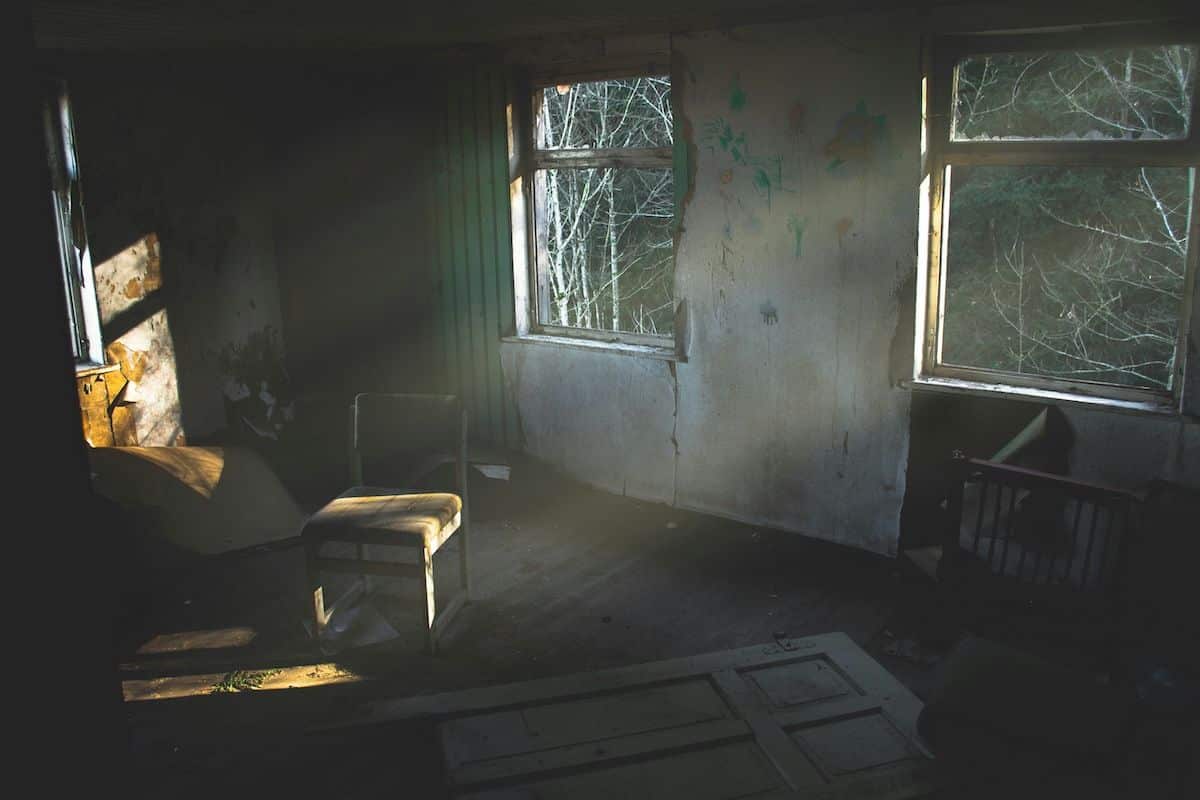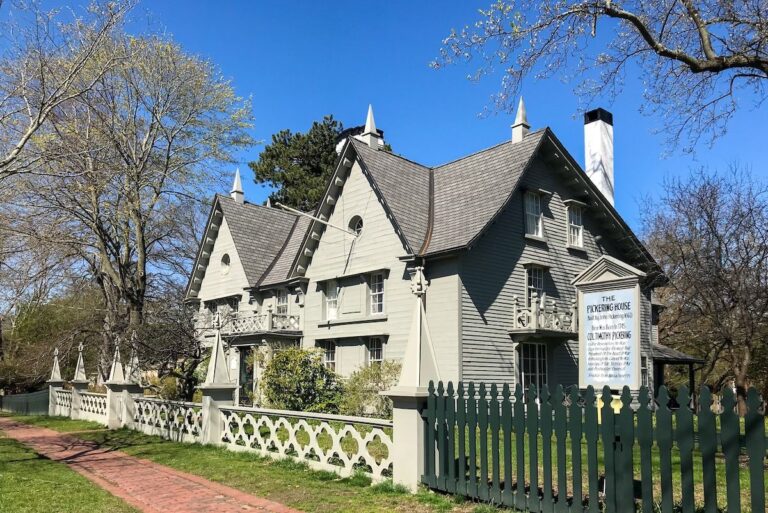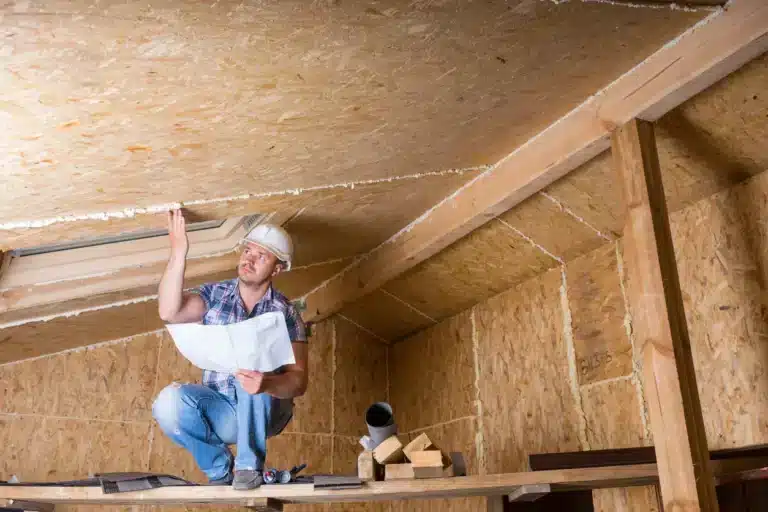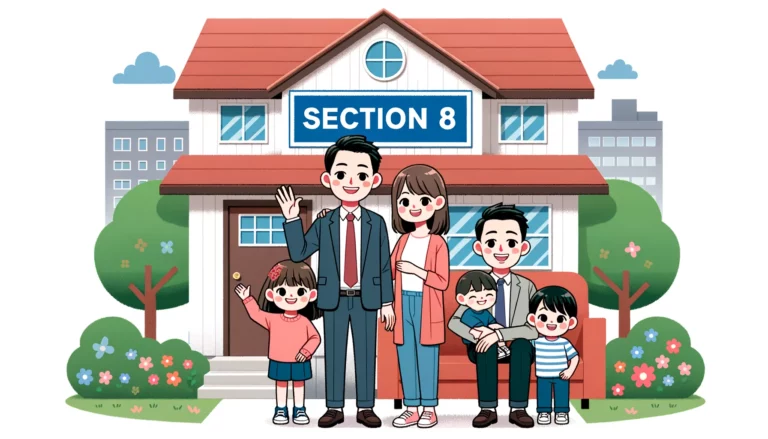Navigating abandoned properties for savvy buyers
Uncovering Abandoned Treasures: The Hunt Begins
As a girl cyberpunk realtor cruising the neon-lit dystopian lanes of real estate, finding those shadowy, elusive gems in the city’s underbelly—otherwise known as abandoned properties—is akin to a high-stakes treasure hunt.
If you’re gearing up to dive deep into this world and discover your own hidden gold, then let’s navigate through the gritty labyrinth of urban decay together.
Finding an abandoned property isn’t just about luck; it’s about knowing where to look and how to leverage every tool at your disposal.
Decrypt City Records: A Look Into Public Records and Tax Offices
The first stop on your quest to buy an abandoned property should be the dusty digital halls of public records and tax offices.
Think of these as your intel hubs, where you can hack into the municipal mainframe and extract information that the masses often overlook.
Use your local county’s official website to sleuth through property tax records.
Focus on the sections that list “Delinquent Taxes” or “Tax Liens”—properties listed there might be in default and one step away from becoming your next big project.
Not every city runs on the latest tech, so you might need to physically visit the County Clerk or Recorder’s Office to sift through hard records.
These files could contain the secrets to finding potentially abandoned properties before they hit the open market.
By strategically using these resources, you not only save time but also outwit other treasure hunters combing their way through the same wild terrain.
Plug Into the Real Estate Network
An abandoned property can be like digital currency—hard to find but enormously rewarding once you’ve got a lead.
That’s where chaining into the real estate network comes in handy.
Real estate agents, especially those attuned to the frequency of distressed and abandoned properties, are invaluable partners.
Work with an agent who has a radar tuned to these niche opportunities.
When partnering with an agent, be clear about your target.
The more specific you are, the more likely you’ll find a property that matches your criteria. Whether it’s a sprawling lot in the outskirts or a dilapidated townhouse sitting amid high-rises, describe the abandoned property of your dreams in vivid detail.
Agents who understand the market’s undercurrents might have access to homes that aren’t yet listed publicly, giving you a secret conduit straight to the finish line.
The Wild Hunt: Online Real Estate Auction Sites
The cyberpunk world wouldn’t be complete without tapping into the virtual grid.
Online real estate auctions are a battle royale where only the most equipped come out on top. Scan platforms like Auction.com or HUDHomestore.gov, where foreclosed and abandoned properties are thrown into the ring for buyers who have what it takes to claim them.
But beware, the shiny digital veneer of an auction site can be deceiving. Don’t get caught up in the rapid-fire action without doing your homework.
Lock down critical details about the property’s past, check on any liens or legal shadows hanging over it, and if possible, scope out the site in person.
It’s a dangerous game, but for those who stay sharp, the rewards can be massive.
Ghosting the Neighborhood: The Power of a Local Drive-Around
If you’re in tune with the streets, then nothing beats an on-ground reconnaissance mission—otherwise known as the humble drive-around.
This old-school tactic can reveal abandoned houses that look untouched by civilization.
Roam through neighborhoods and look for the usual suspects: broken windows, overgrown lawns, and an eerie stillness that suggests the property’s been off everyone’s radar for a long time.
Jot down addresses and later run a deep dive through public records to verify your finds.
Sometimes, the best abandoned properties aren’t on any map—they live in the urban shadows, waiting for someone with a keen eye and the right vision to breathe life back into them.
Also, don’t underestimate the value of neighborly whispers. A conversation with nearby residents could unlock crucial intel about the property, the owners, and whether it’s ripe for purchase.
They might even have stories about how the owner disappeared one day, leaving the property in a sort of legal limbo—your opportunity to get in and make an offer before anyone else steps on the scene.
Building Your Case: Social Media and Online Communities
The social media grid serves more than just memes and cat videos.
Scavenge through community groups, Reddit threads, and specialized forums dedicated to urban exploration or real estate to find mentions of abandoned properties.
Frequently, locals or fellow treasure hunters will drop hints about properties you wouldn’t find on traditional platforms.
Social platforms are also hotbeds for “For Sale By Owner” posts, many of which could be properties teetering on the brink of abandonment.
A quick DM might score you an off-market deal before a seller has even reached out to a realtor.
Keep your digital ears to the ground and join online spaces where these whispers become actionable tips.
The Art of the Find
When you’re learning how to buy an abandoned property, the path is rarely straightforward. It’s a mix of digital sleuthing, street-smart tactics, and expert networking.
But with the right combination of strategies, you’ll find the hidden opportunities lurking in the forgotten corners of the city.
Whether you’re combing through databases, cruising the neighborhood, or connectingwith insiders, each step brings you closer to uncovering that diamond in the rough.
Once you’ve zeroed in on a promising candidate, it’s time to transition from the thrill of the chase to the precision of acquisition, carefully maneuvering through the complexities of purchasing an abandoned property.
Securing the Funds to Transform Your Find
Gauging the financial landscape is a critical step when you’re learning how to buy an abandoned property.
For some, securing traditional loans to finance such ventures can be challenging, given the property’s distressed state.
That’s where alternative financing options come into play, tailored specifically for properties that need significant rehab.
One option worth exploring is the FHA 203(k) loan, a government-backed product that bundles the purchase and renovation costs into a single mortgage.
This can be particularly useful if the property is located within an urban center undergoing revitalization, allowing you to contribute positively to the community while securing a potentially high-value asset.
Alternatively, hard money loans can provide the quick cash injections required for immediate purchase and renovations, albeit at higher interest rates.
These loans are usually best suited for experienced investors who plan on quickly flipping the property rather than holding onto it long-term.
And let’s not forget about private lenders—these can include anything from a well-off friend to a local investor group eager to finance maverick real estate projects.
Establishing the True Owner and Making Contact
Navigating abandoned properties often comes with a sense of mystery—who owns this forgotten treasure?
The path to ownership usually starts with a deep dive into public records and title searches, which can help identify the current listed owner, or a bank, if the property has been through foreclosure.
You might also stumble upon properties that have lingering ownership claims, like tax liens or probate issues.
If you discover that the property is still under the owner’s name, you’ll need to reach out directly. But contacting a property owner isn’t always as straightforward as browsing the internet.
If they’re hard to reach, resorting to less conventional methods might be necessary. Dig into old records, or even engage a property data specialist who can track down the owner or their descendants.
Should the owner be willing to sell, this opens the door to creating a deal free from the competitive pressure of public auctions.
If they’re disinterested or nowhere to be found, it could signal an opportunity to pursue legal avenues to gain ownership—like a quiet title suit or acquiring rights to the property through adverse possession if local laws allow.
The Negotiation: Crafting a Smart Offer
Once you’ve pinpointed the property’s ownership and secured your financing, it’s time to draft your initial offer.
Ensure you calculate not just the purchase price but also factor in estimated rehab costs, potential hidden expenses, and future resale value.
Remember, abandoned properties often entail costly surprises—like structural damage, pest infestation, or obsolete infrastructure that needs overhauling.
Your initial offer should account for these risk contingencies, erring on the conservative side. When making your offer, communicate your readiness to take the property as-is, emphasizing that you’ll cover closing costs and absorb the property “warts and all.”
This approach could make your offer more appealing to owners or banks who are eager to unload problematic assets. If the property is caught in legal limbo—from foreclosure proceedings to unsettled estates—be prepared to navigate with patience. Negotiations could drag for months, so flexibility remains key.
Due Diligence: Inspecting Every Corner
When learning how to buy an abandoned property, leaving no stone unturned during due diligence can save you from unexpected disasters later on.
Before sealing the deal, arrange for an in-depth property inspection. Since many abandoned homes suffer from neglect, hiring a licensed inspector specializing in deteriorated or vacant structures is advisable.
An expert eye can identify potential deal-breakers like foundation issues, extensive water damage, or faulty electrical systems—problems that might turn what seems like a golden opportunity into a money pit.
Alongside your inspector’s report, consider getting repair estimates from contractors. Participating in these walkthroughs yourself gives you firsthand insight into what the project entails, making you better prepared for what lies ahead.
Keep in mind that thorough inspections may be challenging depending on the property’s condition or access restrictions.
If a full inspection isn’t possible due to safety concerns, budget an extra cushion for unknown repair costs. Secure the sale with your eyes wide open; it’s better to know too much than too little.
Sealing the Deal: Wrapping Up the Purchase
At last, the pieces are all in place—financing is arranged, ownership verified, and contingencies assessed.
Now it’s time to finalize the purchase and begin your transformation of the abandoned property.
During the closing phase, work closely with your real estate agent and attorney to finalize the multitude of documents needed for a clean, legal transfer of ownership.
There’s often extra paperwork involved when dealing with distressed or abandoned properties, from title transfers to lien releases, so thoroughness is crucial.
Ensure all legal aspects are crystal clear, especially regarding the title—nothing will sour your investment like an unexpected claim from a long-lost owner or unresolved legal issue.
As soon as the paperwork is filed and the ink dries, take immediate steps to secure your new property.
Installing new locks, conducting pest control, and confirming the security of your site will help protect your newly acquired asset from vandalism or further damage.
Learning how to buy an abandoned property can be like navigating a labyrinth, but with careful preparation and a strategic
Understanding the Rewards: The Advantages of Buying an Abandoned Properties
Diving into the chaotic world of distressed real estate where decayed structures meet high potential is both thrilling and rewarding.
The most enticing advantage of learning how to buy an abandoned property is the initial low purchase cost.
Abandoned properties, often overlooked by other buyers, usually have significantly reduced price tags.
Even factoring in the necessary renovations, you may still land a property far below the market average, offering a substantial buffer for unexpected restoration costs.
In addition to the financial perks, there’s an undeniable sense of creative freedom that comes with these relics of the past.
Abandoned properties are blank slates that can be molded to fit your vision, whether you’re imagining a modern loft rising from the bones of an old factory or saving a historic home from further disrepair.
Bringing your design concepts to life without the constraints of pre-existing design philosophies can transform an outdated, neglected structure into a profitable masterpiece.
Valuable Lessons: The Challenges and Risks
As alluring as it is to buy an abandoned property, the journey is not without its perils.
The apparent bargains often come with hidden financial drains. While the purchase price may be low, the cost to rehabilitate could be astronomical.
Structural issues such as foundational cracks, outdated electrical systems, pests, or lack of proper insulation can add up quickly.
These costs necessitate a thorough inspection and realistic budgeting. An inch-wide crack in a wall could easily evolve into a full-bore foundation nightmare, wiping out your projected profits.
Beyond financial considerations, purchasing an abandoned property often traps you in a labyrinth of red tape.
Legal complexities such as unclear titles, unresolved back taxes, or conflicting claims of ownership can bog down the process, adding months, if not years, to your timeline.
Moreover, abandoned properties might be locked in probate, or their ownership could be tied up in lengthy legal battles—introducing prolonged delays that could derail your plans.
The Wild Card: Market Uncertainty and Investment Risk
The unpredictable nature of the real estate market adds another layer of complexity to the process of learning how to buy an abandoned property.
The value estimation post-renovation is not always accurate, with fluctuating market conditions and the ever-evolving interests of buyers affecting your anticipated resale or rental income.
What seemed to be a promising investment could swiftly transform into an albatross hanging around your neck if the market experiences a downturn or if restoration costs spiral out of control.
Buying and restoring an abandoned property inherently carries significant risks—risks which can be mitigated but rarely eliminated.
One must be prepared for scenarios where the costs far exceed initial estimates, or the market simply doesn’t respond to your revitalized property as strongly as anticipated.
Therefore, it is crucial to harness your resilient side and buckle up for the inevitable rollercoaster ride that comes with such investments.







